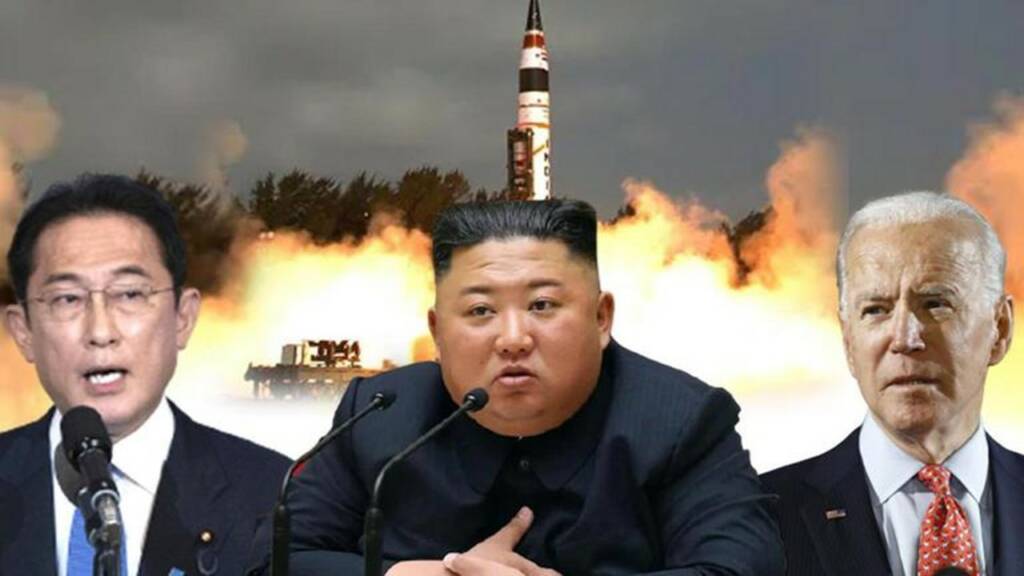Only 4% of the emergency evacuation facilities designated by local governments in Japan as missile shelters are underground, according to a recent study by Kyodo News. The survey also revealed that the low number was due to a dearth of basement-containing structures in rural areas. Due to growing concerns about the security situation in the area, particularly in light of North Korea’s increased missile test launches, the Japanese government has advised municipalities to increase the number of designated evacuation shelters, particularly those located underground, over the following five years beginning in fiscal 2021.
Since they offer superior defence against missiles and other potential dangers, the Cabinet Office believes that underground facilities are more effective than those on the surface. Nonetheless, the polling of 67 prefectural and major city.
Akita Prefecture had the lowest number of underground facilities at zero, while 17 prefectures had fewer than 10. Tokyo had the most underground facilities at 452, followed by Gifu and Ishikawa prefectures, with 306 and 176, respectively. Despite the low number of underground facilities, 19 prefectures stated that they had increased the number of underground facilities during the current fiscal year, which started last April.
Read More: Japan is betting on the losing horse named Trudeau
For example, Gifu designated around 300 locations, including underground walkways, as shelters in that year alone. The move was based on the international situation and national policy in light of developments in North Korea and the war in Ukraine, a prefectural official in charge of the project said.
When asked about the challenges faced regarding the designation of underground shelters, the majority of the polled governments cited a lack of facilities. For regional areas, having underground shelters is difficult, as there are fewer buildings with basements. This lack of infrastructure highlights the need for local governments to invest in building underground shelters in preparation for potential missile attacks.
In conclusion, the low number of underground shelters in Japan highlights the need for local governments to prioritize building these types of facilities in preparation for potential missile attacks. With North Korea increasing its test-launches of missiles, the Japanese government’s recommendation to increase the number of designated evacuation shelters, particularly those underground, is crucial for ensuring the safety and security of citizens. It is hoped that this survey will serve as a wake-up call for local governments to invest in building underground shelters to protect their communities from potential threats.
